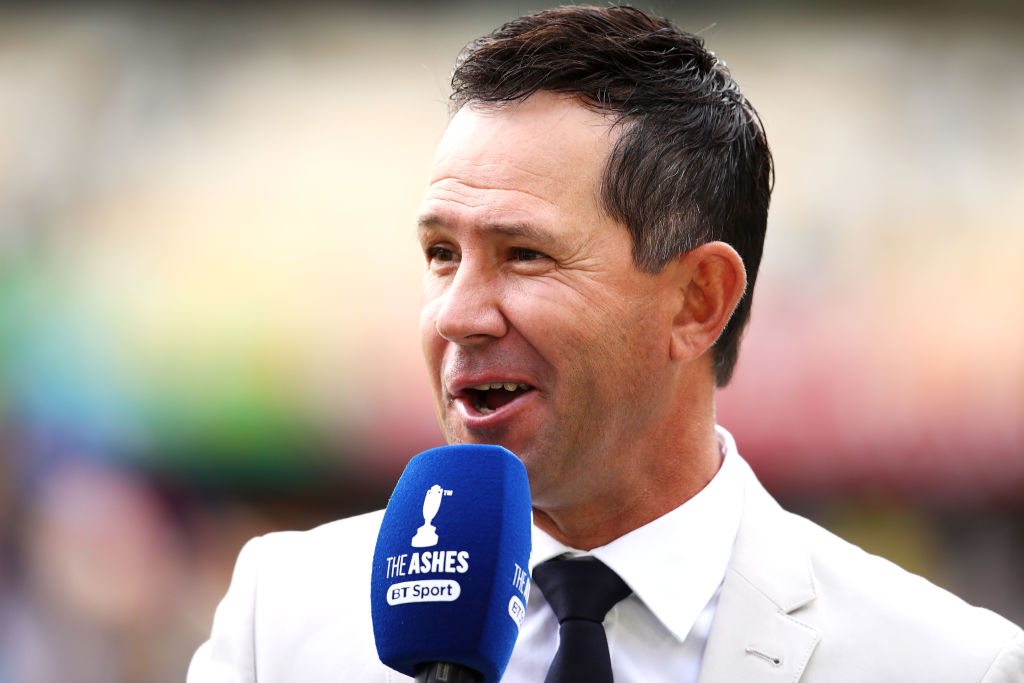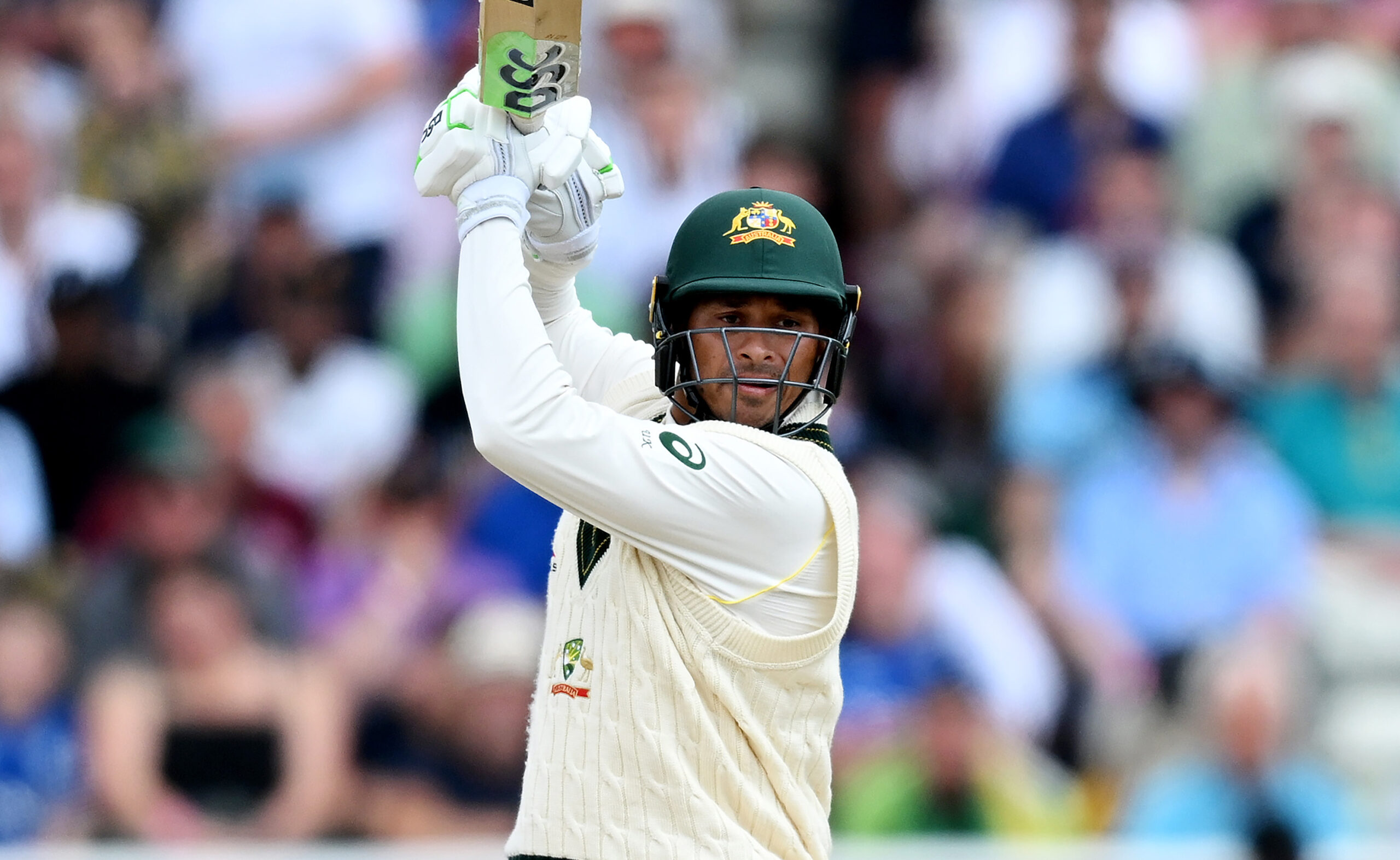I'm going to preface this whole piece by saying I myself am a cricket umpire, and that it's one of the toughest jobs in sport.
But that doesn't excuse the performance of Joel Wilson, Kumar Dharmasena and match referee Ranjan Madugalle during the fifth and final Test of this year's Ashes series at The Oval.
When Australia went to stumps on Day 4, the match was delicately poised. The tourists were looking to break a record for the highest fourth-innings chase in history at The Oval across its 106-Test history.
England were out to draw the Ashes series and take the ‘moral victory' even if that didn't include regaining the urn, which would be travelling back to Australia after the fourth Test was washed away due to inclement weather in Manchester.
Australia had advanced to 0/126 towards the end of Day 1 when opening batsman Usman Khawaja, on 61 at the time, was hit on the helmet.
That impact damaged the ball and forced the umpires to change it - there is nothing wrong with that of course. You can't be using a ball that has gone out of shape.
But what followed was nothing short of diabolical.
Instead of picking a ball that was a similar age, wear and condition to the one that had been replaced, the umpires gave England what was seemingly an almost new ball.
The audience obviously has no idea what other balls were on display in the box that was ran out by fourth umpire David Millns, but it's hard to imagine that at international level, there was no ball similar to the one being replaced in terms of age and wear.
The MCC laws of cricket and ICC Test match playing conditions are quite clear in this matter - the ball being used as a replacement must be of a similar wear to the one being replaced.
As it was fairly easy to tell in the images shown around the world, the balls were not even close to similar.
The split on the right of screen shows the replacement ball the umpires picked to replicate a '37-over ball' when England changed it last night....
Thoughts? 🎙#TheAshes 5th Test | LIVE: https://t.co/m4bzLk1Js6#9WWOS #Cricket #Ashes #ENGvsAUS pic.twitter.com/iOG1K7siRw
— Wide World of Sports (@wwos) July 31, 2023
While the English will point to the weather conditions on Day 5 as the reason the ball suddenly started moving - and they do have a point, because it was overcast and the lights were on - it's not as if the weather was that much better on Day 4, when they couldn't get a ball to move for the life of them.
England took 3 for 45 after the change of ball to the drinks break during the morning session of Day 5, including a collapse of 3 for 29 to get the game back under control, with David Warner, Usman Khawaja and Marnus Labuschagne all falling victim to excellent deliveries.
Don't get me wrong - England bowled well and even with a ball doing things, you still need to put it in the right areas, but that's not how a Test match should change.
Even if you were to blame a few poor Australian shots (and there were), the stats around what happened immediately after the ball change are simply undeniable.
Aussies batters playing and missing/false shot percentage in this innings:
Before the ball change: 16%
In the 10 overs after the ball change: 38%#Ashes— Louis Cameron (@LouisDBCameron) July 31, 2023
Sky Sports, the host broadcaster, also confirmed via their own data that the ball swung and seamed significantly more on the fifth morning than the fourth afternoon.
Ultimately, the change of ball did have a say on the game. That's not to say the result would have changed, but it certainly impacted the progress of the contest.
In Sydney premier and shires cricket, umpires are guided by playing conditions which state play is not to resume until a suitable ball becomes available unless both captains agree to the replacement if deemed not suitable, and there is little doubt in my mind I would have been throwing the ball back to the captain and asking him to find a different one.
Similar rules are in effect around the country when it comes to grassroots competitions, where a selection of balls may not be as widely available as they are, and should be, in the international game where no expense is spared.
But don't take it from me.
Former Australian captain Ricky Ponting was less than impressed on commentary, demanding there to be an investigation.
"The biggest concern I have is the big discrepancy in the condition of the ball that was chosen to replace the one [that had gone out of shape]," Ponting said on Sky Sports. "There's no way in the world you can even look at those two balls there and say in any way are they comparable.
"At the end of the day, if you are going to change the ball, you want to make sure that you get it right, so [you make it] as close as you possibly can to the one that you're changing it from. Now if you have a look in that box, there weren't too many older-condition balls in there. There were some older ones that were picked up, the umpires looked at that and threw them back.
"I just cannot fathom how two international umpires that have done that a lot of times before can get that so wrong. That is a huge moment in this game, potentially a huge moment in the Test match, and something I think actually has to be investigated: whether there was the right condition of balls in the box, or the umpires have just, blasé, picked one out of there that they think will be okay to use.
"The conditions were perfect for bowling this morning, let's say that.
"The conditions were better for bowling this morning. But what I saw last night, that ball there, I'll put my hand up and say I've got absolutely no doubt at all that that ball would not have done anywhere near as much as what that one did this morning.
"Double the amount of movement this morning from yesterday afternoon, seam movement and swing. I think it's a huge blunder that needs to be investigated."

The difference in opinion on either side of the coin was worthy of a laugh though, with English commentators suggesting that it was "just Test cricket" at one point of the broadcast.
Australian opener Khawaja, who fell victim to the change of ball, confirmed it was a 'big thing' when speaking at the post-match presentations and that he also asked the umpires about it.
"We started off really well," Khawaja said at the post-match presentations.
"The big thing was that ball. As soon as they changed that ball, the first over they changed that ball I knew straightaway this ball is very different. I went straight up to Kumar and said 'how old is this ball you've given them because it feels like it's about eight overs old.' You could see the writing on both sides and it hit my bat so hard.
"Obviously I got hit in the head by Woody, and they changed the ball because they said it got damaged. But that new ball that came in, when I hit my bat - I've opened in every single innings this Ashes series and I haven't felt the ball hit my bat as hard as that ball felt when it hit my bat.
"So I said to the boys even coming into today to be careful, this new ball, it's going to be tricky. It's going to be a lot harder than that other ball. Some things you can't control in this game. It was disappointing for us because I felt like we had a real stranglehold on that game."
While the ball will dominate headlines coming out of the Test - and rightly so given the monumental change it made to the contest - it wasn't the only outrage on the final day's play.
Following the resumption of play after a lengthy rain delay, the umpires and match officiating team falsely calculated that five extra overs remained than what was actually the case.
The mistake was caught after a couple of overs of play, but how a five-man officiating crew who are supposed to be the best in the world can be off in their calculations by what is effectively 20 minutes is beyond me.
That's not to say mistakes don't happen, but if the game was tighter at that stage, or there was less time remaining where every single ball and over may have mattered, the mistake in informing the teams how long there was left could have been crucial.
If Australia were on the verge of deciding whether to play for the draw or go for the win, five overs could have meant everything. It could have also dictated England's tactics, both in bowling rotations and field settings.
As I said at the top of this piece, cricket umpiring is a tough gig at the best of times, but calculations in Test cricket are about as easy as it gets. Number of minutes lost divided by four minutes.
One Day and T20 cricket are far tougher when you have innings breaks, equal overs, Duckworth-Lewis and make-up time to take into account.
But there is realistically no excuse at this level for players to only be told of a correction to the number of overs remaining after play has already resumed.
Add to that the six DRS overrules in this Test, and it's clear that neither umpire had their best outing.
Unfortunately, in Wilson's case, he has had ten DRS overrules in his last three Tests - in the same time, his umpiring partners have only had six.
In fact, according to CricInfo tracking on each match, the only other umpire who has had four overrules in a single Test this year is Ahsan Raza during the second Test of the Ashes. English umpire Richard Kettleborough also had an off Test with five overrules in the second Test between the West Indies and India.
But for Wilson to have four twice in the same year simply isn't good enough.
The ICC obviously regularly review umpire performances, and it's fair to say decision-making isn't the be-all and end-all, but when you make mistakes as big as the replacement ball and over calculations in the same Test, there needs to be action taken.
What that action will be is anyone's guess, but this isn't an issue for the ICC to stick their head in the sand over.








